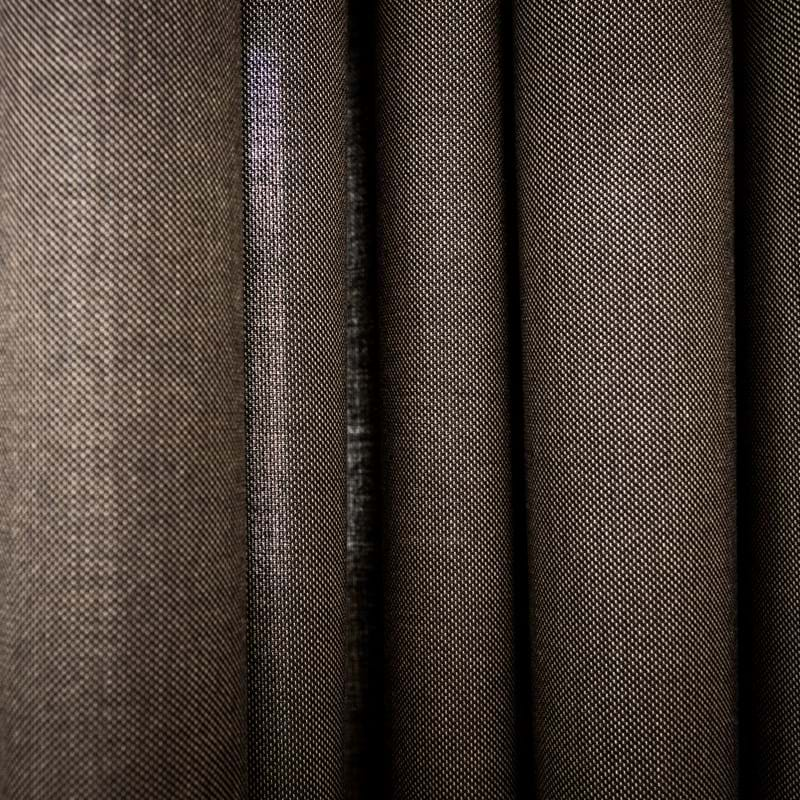How we perceive a sound environment is strongly linked to our well-being. However, since the experience itself is individual, it's important to understand the factors that can influence different people's impressions of the whole.
Designing sounds / Understanding the impact of sound environment on our experience
The sound environment around us is neither constant nor something that can be isolated. Instead, it is created in interaction with both the space and other people, where those experiencing the sound environment also contribute to shaping the experience. Yes, as you can see, it quickly becomes quite abstract. Therefore, let's now take a look at some of the details regarding the sound environment and the experience.
For example: What determines whether a sound is perceived as noise or something pleasant is often how much control one has over their own experience. Compare it with music that you can play, raise, lower, and turn off yourself, and music that someone you don't know is playing right next to you.
How we understand and interpret the world around us
Our understanding of a sound environment also relies on our past experiences. We use that knowledge to predict which sounds are likely to emerge in a particular context, but also to filter out interpretations that do not match the place we are in.
However, when what we see and what we hear don't match, we have a harder time interpreting a situation, which means our energy and attention are spent trying to identify what is not right.
Carrying Influence
The things we've mentioned so far mean that two people can be in the same sound environment but not hear or interpret it in the same way at all. Perhaps they focus on different sources of sound, perhaps they have different preconceptions and past experiences of the sounds in the sound environment. And perhaps they engage in entirely different activities that affect their experience.
At the same time, there is a kind of feedback loop where we are not only influenced by the sound environment but also make our own impact on it through our actions.
We've all probably been annoyed by people we feel take up too much space in our shared sound space. An interesting experiment is to consider how much noise one makes oneself in different situations, such as when talking on the phone at work, walking around, or opening and closing doors. It can be quite surprising to discover how much noise one contributes without being aware of it.
And our behavior, both our own and that of our colleagues, is influenced by both individual personality traits and the workplace culture we find ourselves in.
Feelings and Characteristics
We mustn't forget the significant influence our emotions have on the experience. If we have a positive attitude towards a place and its context, we are more likely to have a positive attitude towards the sound environment of that place and context as a whole.
If we understand the meaning of a sound and also consider the source of the sound useful or meaningful, we tend to like that sound more. Simply put: Sounds originating from things we like are viewed as more positive.
Of course, the characteristics of the sound also play a role. Sudden and transient sounds create an immediate reaction in us compared to constant and slow sounds. And a reaction implies a disturbance.
Reflections
In summary, the experience of a sound environment depends on a variety of factors, not least because it is individual what can be considered a good sound environment. Therefore, it is not enough to simply rely on building regulations and sound classifications when creating the foundation for a sound environment.
What we want to convey with this article is: Instead, consider what will affect how the business operates in the premises. What will affect the social environment created there? How can the sound environment be adapted to the activities and individual needs of the employees?
And how can the interior design and visual layout of the premises enhance the connection between the activities, the needs, and the sound environment?
The article is written by Martin Ljungdahl Eriksson, a doctor in informatics with a focus on work-integrated learning, who is researching the use of sound as a design element to influence experiences and behaviour.

Acoustic textiles
The benefits of acoustic textiles, tips on how to use them, and reasons why good sound conditions are important.

Read our guide on sound environment
With our concept Designing Sounds, we aim to spread knowledge and inspiration regarding the relationship between the sound environment and visual design. We have developed an inspirational guide on the interplay of the senses and the design of public spaces.

Try our acoustic tool
In our digital acoustic lab, you'll receive technical guidance to help you create an environment that is pleasing to both the eye and the ear. Visualise the acoustic effects of textiles, compare different options and get clear reports with concrete measurements.